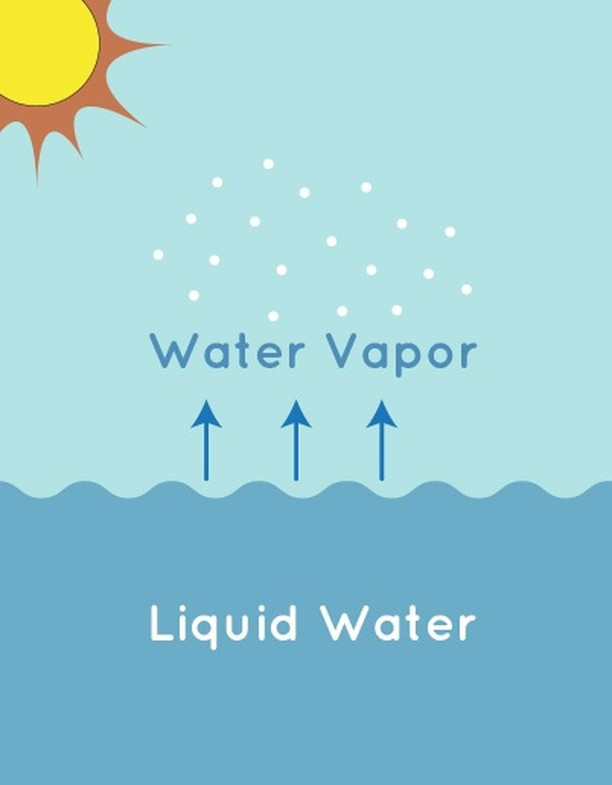Present in our atmosphere, although invisible, this water vapor can have many origins, such as the transpiration of plants, but remember that it mainly comes from the evaporation of water from seas, oceans, or lakes, under the heat of the Sun.
Credit : NASA
Credit : NASA

Comments
(If necessary, you can skip this step and come back to it later, after the end of my presentation: this will not affect your understanding of the rest of the thread.)
However, to ensure this change of state, cold alone is not sufficient: the water vapor must also encounter a volatile microparticle,
Credit : David Babb & Minnesota Univ.
Without their intervention to catalyze the transition from the gaseous state to the liquid state, the water vapor does not condense.
As for the droplets, even though it seems crazy, they will be visible from the surface of the Earth - not individually, of course, but as a whole, because these are what form clouds !